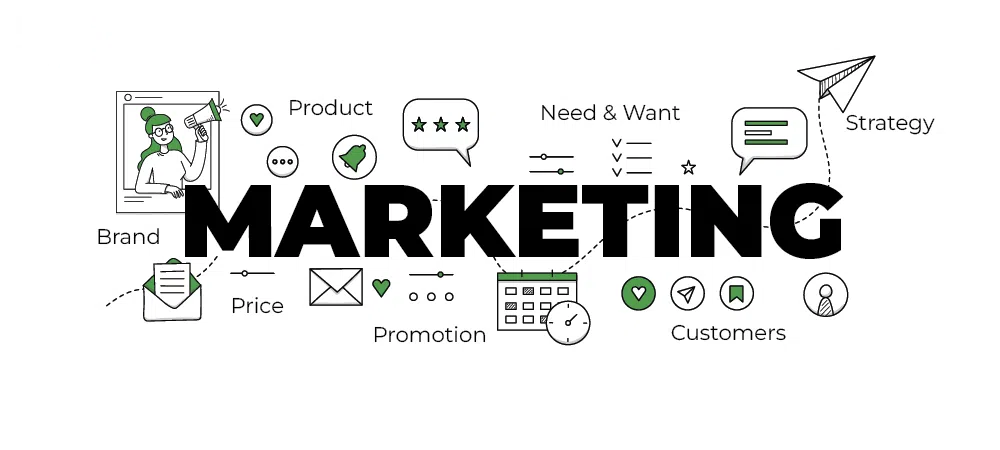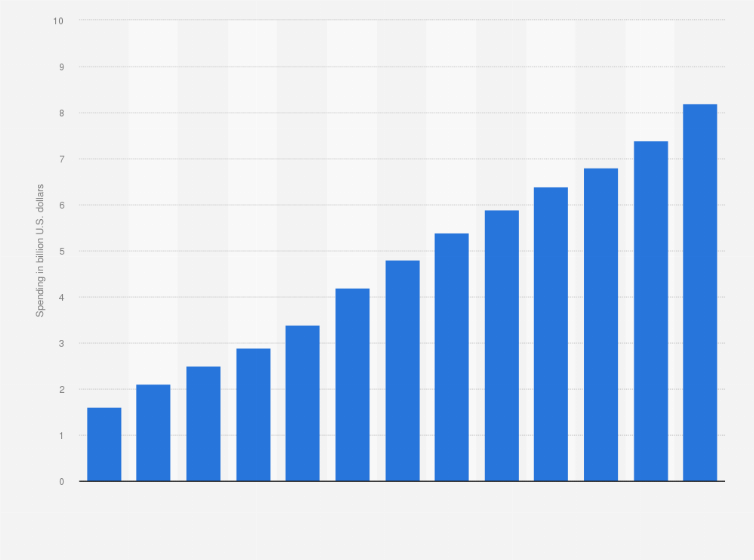Imagine pouring your heart and soul into a marketing campaign, only to realize it fell flat. Frustrating, right? Many businesses face this challenge because they overlook one fundamental aspect: understanding their target market. Knowing who you’re trying to reach is beneficial and essential for success in today’s competitive landscape.
When you grasp your audience’s differences and behaviors, everything changes. Your messages resonate more deeply, and your campaigns become far more effective.
In an era where consumers are bombarded with options, honing in on the right demographic can make all the difference between soaring sales or dwindling profits. Let’s dive into why pinpointing your target market is crucial—and how mastering this skill will elevate your marketing efforts.
The Importance of Identifying Your Target Market for Marketing Success
Identifying your target market is the cornerstone of effective marketing. Without it, you’re throwing darts in the dark. You may have a fantastic product or service, but your efforts can quickly go to waste if you don’t know you will and don’t appreciate it.
When you understand your audience and their psychographics, you can tailor messages that resonate with them. This leads to higher engagement rates and conversions.
Moreover, knowing your target market allows for better resource allocation. Instead of spreading your budget thin across broad channels, you can focus on avenues where potential customers are most likely to engage.
This precision also fosters brand loyalty. When consumers feel understood and catered to, they’re more likely to return, turning casual buyers into passionate advocates for your brand.

How to Define and Understand Your Target Market
Defining your target market requires a blend of research and intuition. Start by analyzing demographic data, such as age, gender, income, and location. This information forms the foundation of who you’re trying to reach.
Next, dive into psychographics. Understand their interests, values, and lifestyles. What motivates them? What challenges do they face? Knowing these details helps in shaping your messages effectively.
Engage with your audience directly through surveys or social media interactions. Ask questions that reveal their preferences and pain points.
Utilize customer personas to visualize different segments within your market. These personas guide crafting tailored marketing strategies that resonate deeply with potential customers.
Keep an eye on industry trends, too; markets evolve rapidly. Staying informed about shifts in consumer behavior will allow you to adjust your approach accordingly.
Conducting Market Research for Better Understanding
Market research is a vital step in understanding your target audience. It allows you to learn their preferences and behaviors, allowing you to make informed decisions.
Start by utilizing surveys and questionnaires. These tools can gather direct feedback from potential customers. Focus on questions that reveal their needs, challenges, and motivations.
Social media analytics offer another layer of insight. Platforms like Facebook and Instagram provide data about user demographics and engagement patterns, which helps tailor messaging effectively.
Remember to underestimate the power of competitor analysis, too. Examine what others in your industry are doing well—or not so well. Learning from competitors can highlight gaps in the market that you could fill.
Consider focus groups for qualitative insights. Engaging small groups will yield deeper understanding through discussions rather than just numbers alone. This approach adds richness to your overall marketing strategy.
Tailoring Your Marketing Strategy to Your Target Market
Understanding your target market allows you to create a marketing strategy that resonates. Each audience segment has unique needs and preferences; your messaging should reflect that.
Start by analyzing the demographics of your target customers. Are they young professionals, families, or retirees? Tailor your language and visuals accordingly.
Next, consider their interests and pain points. What challenges do they face? Address these directly in your campaigns to foster connection.
Additionally, choose the right outreach channels. Some audiences prefer social media, while others respond better to email newsletters or blogs.
Continuously refine your approach based on feedback and performance data. Marketing is not static; it evolves with consumer behavior.Trends. Aligning every aspect of your strategy with what matters most to your audience increases engagement and drives conversions effectively.
Common Mistakes in Targeting the Wrong Audience
Many businesses need to know their audience before they invest in marketing. This often leads to wasted resources and missed opportunities.
One common mistake is assuming everyone wants your product. Casting a wide net can dilute your message and ensure potential customers understand. It’s essential to focus on specific demographics that resonate with your offering.
Another pitfall is neglecting customer feedback. Ignoring insights from existing clients means missing out on valuable data about preferences and needs.
Relying solely on outdated market research also hinders growth. Consumer behaviors change rapidly, so staying current with trends is vital for relevance in the marketplace.
Companies sometimes overlook the importance of emotional connection in targeting efforts. Failing to evoke feelings or address pain points may leave audiences disengaged and uninterested in your brand’s strategy.
The Future of Marketing and Its Impact on Businesses
The future of marketing is evolving rapidly. Technology continues to drive significant changes in how businesses engage with their customers.
Artificial intelligence and data analytics are becoming essential tools for targeted campaigns. These innovations allow brands to personalize experiences like never before.
Social media platforms are also changing the game, offering new avenues for interaction and engagement. Businesses must adapt quickly to stay relevant in this dynamic landscape.
Consumer behavior is shifting toward authenticity and transparency, making authenticity crucial for brands. Trust can significantly impact customer loyalty, a vital aspect of long-term success.
As we advance, sustainable practices will likely play a more prominent role in marketing strategies as consumers become more socially conscious. Brands that embrace these shifts will thrive and build stronger connections with their audience.

Global Marketing Services Market Size 2022-2034
The Global Marketing Services Market has witnessed a remarkable evolution from 2022 to 2034, fueled by the relentless pace of technological advancement and shifting consumer behaviors.
As businesses across various sectors increasingly recognize the importance of robust marketing strategies, the market size has expanded significantly, driven by innovative digital solutions and data-driven insights that enhance customer engagement.
The rise of artificial intelligence and machine learning in analytics allows marketers to tailor campaigns with unprecedented precision, reaching target audiences more effectively than ever before.
Social media platforms have transformed into powerful tools for brand visibility, enabling companies to interact dynamically with consumers worldwide.
Furthermore, the increasing emphasis on sustainability pushes marketers to adopt eco-friendly practices in their campaigns, aligning brand values with consumer expectations while capturing a discerning market segment eager for authenticity.
With these trends shaping its trajectory over this period, the marketing landscape promises continued growth and adaptation as businesses strive to stay ahead in an increasingly competitive global arena.
Conclusion
Understanding your target market is not just a marketing strategy; it’s the foundation of successful marketing. When you know your audience and their preferences and behaviors, you can create campaigns that resonate deeply with them. This leads to better engagement and higher conversion rates.
Many businesses overlook this essential aspect of marketing. They rush into campaigns without knowing whom they are speaking to or what problem they are solving. This can result in wasted resources and missed opportunities.
As the marketing landscape continues to evolve, driven by technology and changing consumer expectations, the need for precise targeting becomes even more crucial. Businesses that adapt will thrive, while those that neglect it risk being left behind. So, take the time to invest in fully understanding your customers. The effort will pay off as you craft tailored messages that connect meaningfully with your audience, leading to sustained growth and success in an increasingly competitive marketplace.

